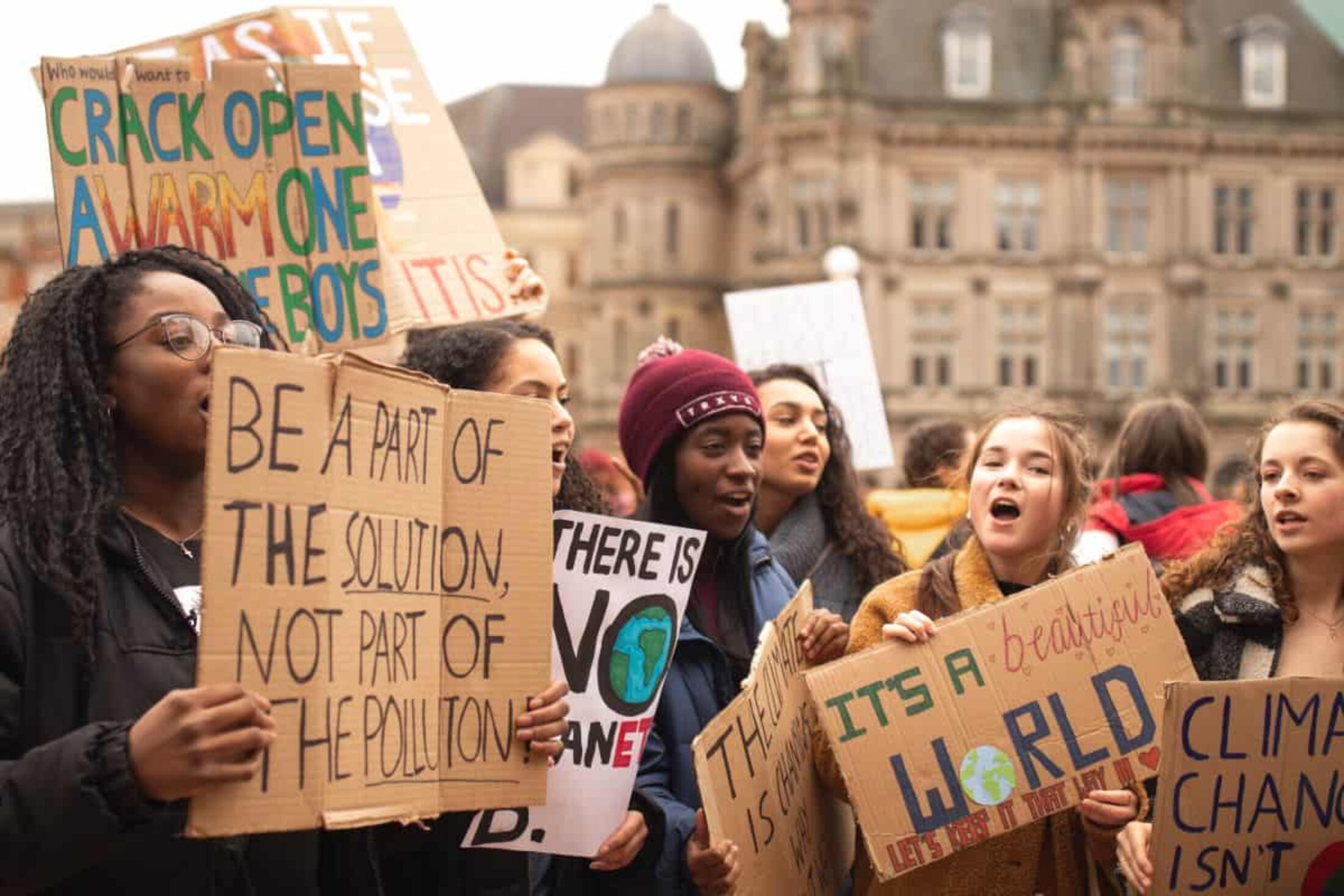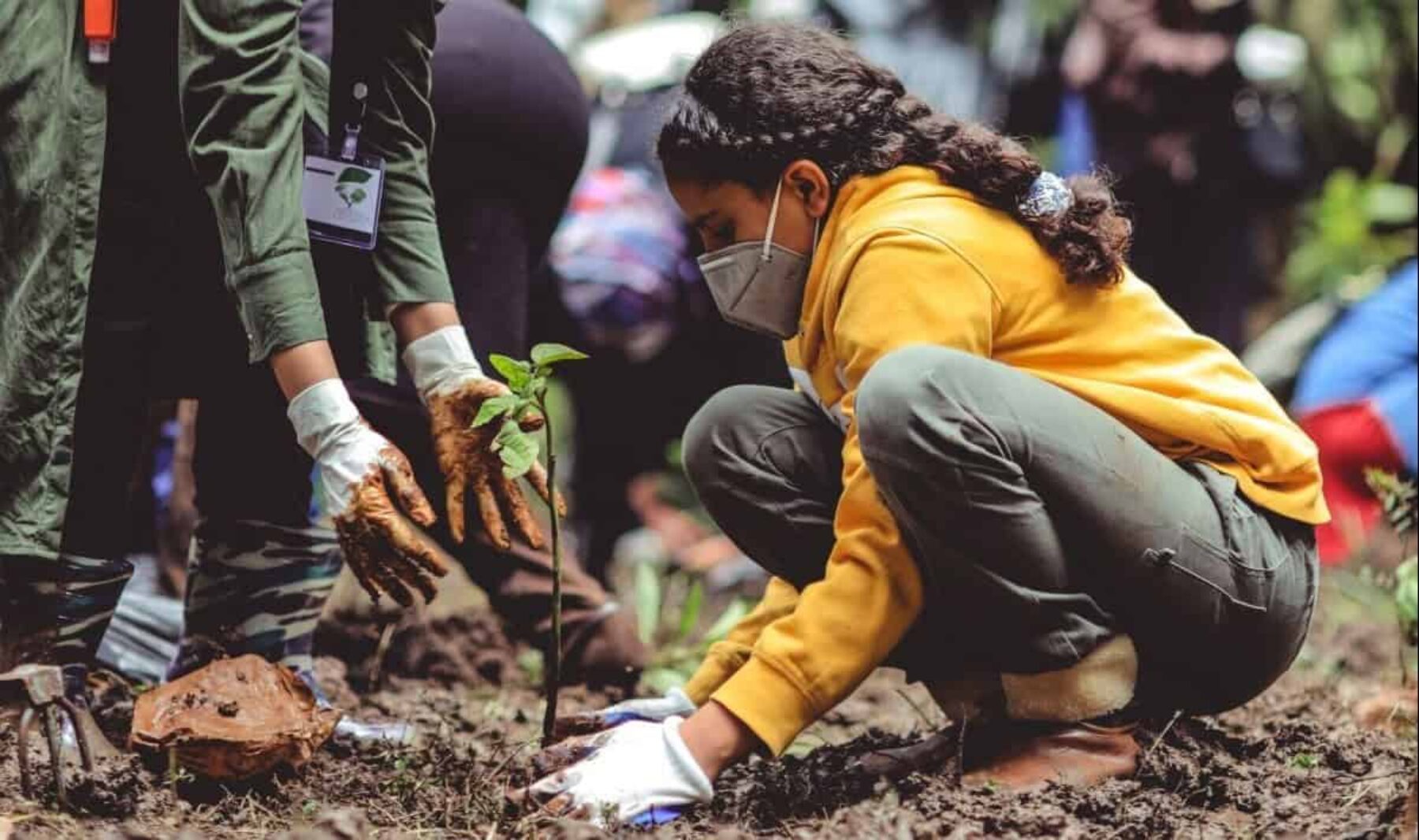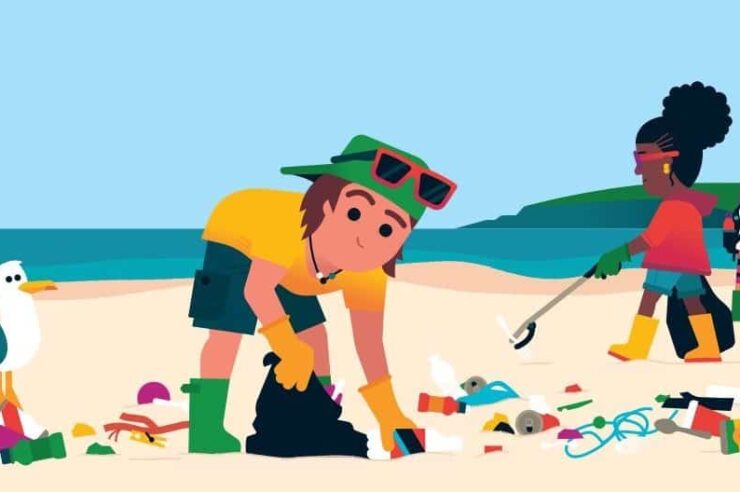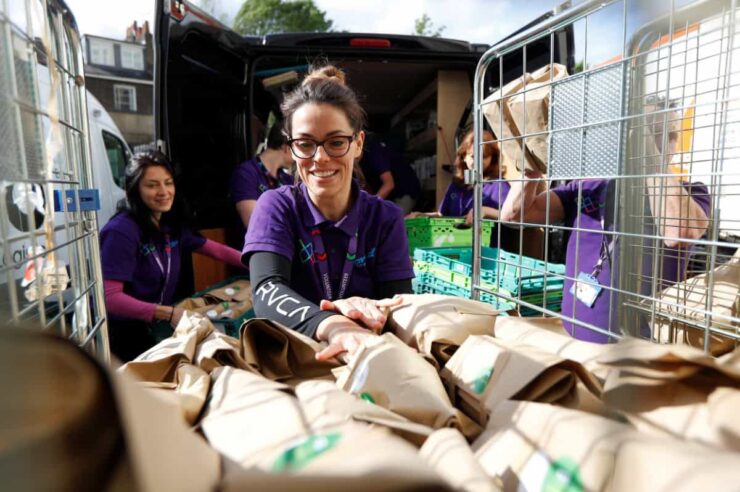On World Kindness Day we look at how young people are showing leadership in tackling the climate crisis; from restoring habitats to writing their own climate bill
On 20 September 2019, an estimated four million young people took to the streets in thousands of towns and cities across the world – from Rio de Janeiro to Berlin – showing a level of leadership not seen before when it comes to tackling the climate crisis.
Fuelled by a radical kindness towards the planet, this new youth movement used the climate strike protests to show their dissatisfaction with efforts made by governments to reduce carbon emissions and halt biodiversity loss.
These strikes – ignited by Greta Thunberg, the 17-year-old Swedish climate activist, who started it all with her one-person protests in Stockholm – grabbed the world’s attention. But other youth-led actions have played an equally important role, even if they have not received the same coverage.
“Youth climate action burst onto the scene with Greta and many others across the world have been banging the drum too,” says Hendrikus van Hensbergen, chief executive of Action for Conservation, a charity that empowers young people to get involved in conservation. “I think the movement is hugely inspiring and hugely hopeful, particularly its diversity and the sheer breadth of environmental action led by young people.”

Schoolchildren in England and Scotland have drafted their own emergency climate bill. Image: Callum Shaw
Van Hensbergen, whose book How You Can Save The Planet will be published next year, points to a number of diverse examples: Aditya Mukarji, the boy in India campaigning to have single-use plastics phased out of hotels; Lesein Mutunkei, the young Kenyan footballer who plants a tree for every goal he scores – a concept Fifa, the international governing body of football, should consider adopting, argues van Hensbergen.
“The politics and lack of action from governments and the private sector has forced their hand,” he adds. “The climate crisis is certainly not the fault or responsibility of young people, but it’s really important that they have a voice in the matter. The question and challenge now is: will there be action from governments?”
The pressure from young people is only likely to grow. According to a survey conducted by Action for Conservation, two thirds of teenagers in the UK care more about the environment now than they did before the pandemic.
Youth climate action burst onto the scene with Greta and many others across the world have been banging the drum too
As if to confirm that point, in September schoolchildren in Scotland drafted their own emergency climate bill and presented it to MPs. It followed a similar move earlier in the year by school children in England. Both bills were organised by the Teach the Future campaign, which wants the education system to have a greater focus on the climate emergency.
Hana, a 15-year-old from northwest England, helps coordinate the school strikes in her area. “This is a chance to rebuild society and the climate should be at the heart of that,” she says. “We need to build back better. It’s my future that will be affected by it. Change is more important now than ever.”

‘This is a chance to rebuild society and the climate should be at the heart of that,’ says Hana
Hana is an ambassador for Action for Conservation and is active in the charity’s Penpont Project. Based in the Brecon Beacons National Park, it is the largest youth-led nature restoration project of its kind. Like many teenagers, Hana has also taken part in action days with the London Wildlife Trust. She also designs, makes and sells her own clothing from recycled fabric. “It’s an amazing feeling, knowing you have a positive impact – even if it’s small,” she adds.
Based in southeast England, Serena, 17, says that she first attended a climate protest aged 11, having witnessed the destruction wrought by wildfires in her native California. Now an ambassador for Action for Conservation, she honed her appreciation of – and desire to protect – the natural world while on one of the charity’s summer camps.
“The priority is to make change [happen] right now,” says Serena.
![‘The priority is to make change [happen] right now,’ says Serena](https://www.positive.news/wp-content/uploads/2020/11/IMG_2677-e1605201727260-2200x0-c-default.jpg)
‘The priority is to make change [happen] right now,’ says Serena
Five ways to help tackle the climate crisis
- Change your diet: Cut down your consumption of meat, and if possible adopt a vegan or vegetarian diet
- Reduce travel in private vehicles: Try other means of transportation like walking, biking or using public transport.
- Quit flying: Train travel has a far lower carbon footprint, or you could go Greta-style and take a solar-powered boat
- Create a wildlife habitat in your garden: This will allow the ecosystem in your area to thrive but also give you a kinder relationship with nature
- Slow fashion: Buy clothes only when you genuinely need them, and try to opt for second hand or sustainable brands
Main image: Young people plant trees to combat climate change. Eyoel Kahssay




